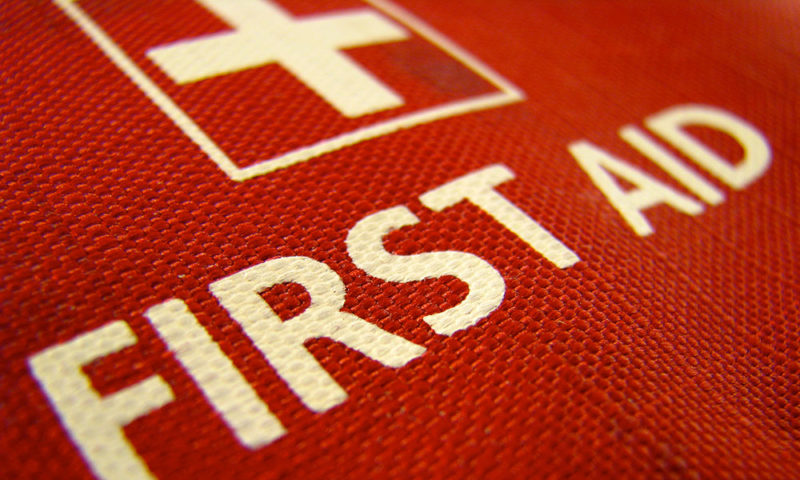Three Ways To Prepare Your Staff To Respond To Workplace Emergencies

By Emily Bratcher / Jun 26, 2017 (iStock/Thinkstock)
Two recent American Heart Association surveys revealed that U.S. workers are not prepared for cardiac emergencies at the office. Here are some ways that associations can better equip their staffs for workplace emergencies of all types.
Half of all U.S. workers don’t know where the office automated external defibrillator is located, according to two recent American Heart Association (AHA) surveys. And, because the U.S. Occupational Safety & Health Administration estimates there are 10,000 cardiac arrests in the workplace each year, not knowing where an AED is kept or how to use it can be a big problem.
While the majority of American workers won’t ever need to use the office AED, if you do have to, it’s good to remember that “your adrenaline will be running high, and it helps to have that rote, muscle memory to really know where to get it,” said Robert Farmer, the senior vice president of human resources at Missoula Federal Credit Union and a member of the Society for Human Resource Management’s Special Expertise Panel.
But that leads to a broader question: How can associations prepare their employees to respond if an emergency medical situation does arise? Farmer shared three tips.
Organize employee training. Employers should coordinate CPR, AED, and first aid trainings through organizations like AHA or the American Red Cross. These trainings will give employees the skills they need to respond to and manage emergency situations, such as choking and sudden cardiac arrest, until emergency personnel arrive on the scene. Farmer says that his organization strives to have 50 percent of its staff certified at any given time. But keep in mind that every two years, employees will have to become recertified. Farmer also suggests keeping the names of certified employees in an up-to-date list near the AED device.
Include safety training in all-staff meetings. Farmer’s organization meets on a quarterly basis for all-staff meetings, and a portion of each of those is devoted to safety. “We really try to build safety into our culture here,” Farmer said. The training his group receives covers everything from how to avoid slips, trips, and falls inside the office, to how to get from your car to the office safely during the icy winter season.
But safety training doesn’t have to be boring either. “Make it fun,” Farmer said. For example, he organized a scavenger hunt for employees to familiarize them with the locations of the AED, fire extinguisher, and even the outside meeting point in case of an evacuation. Once employees found everything on their list, they received a prize.
Stock and refill your first-aid kits. Each office should have a well-stocked first-aid kit that includes items like Band-Aids, gauze, protective gloves, and a CPR face mask. Many organizations also work with contractors, such as Cintas, that will come to the office on a periodic basis to restock first-aid kits. “All of our branches have at least one first aid kit,” Farmer said. “The larger branches have two or three depending on the number of people that work at the location.”
Story Credit: http://associationsnow.com/2017/06/three-ways-prepare-staff-respond-workplace-emergencies/


